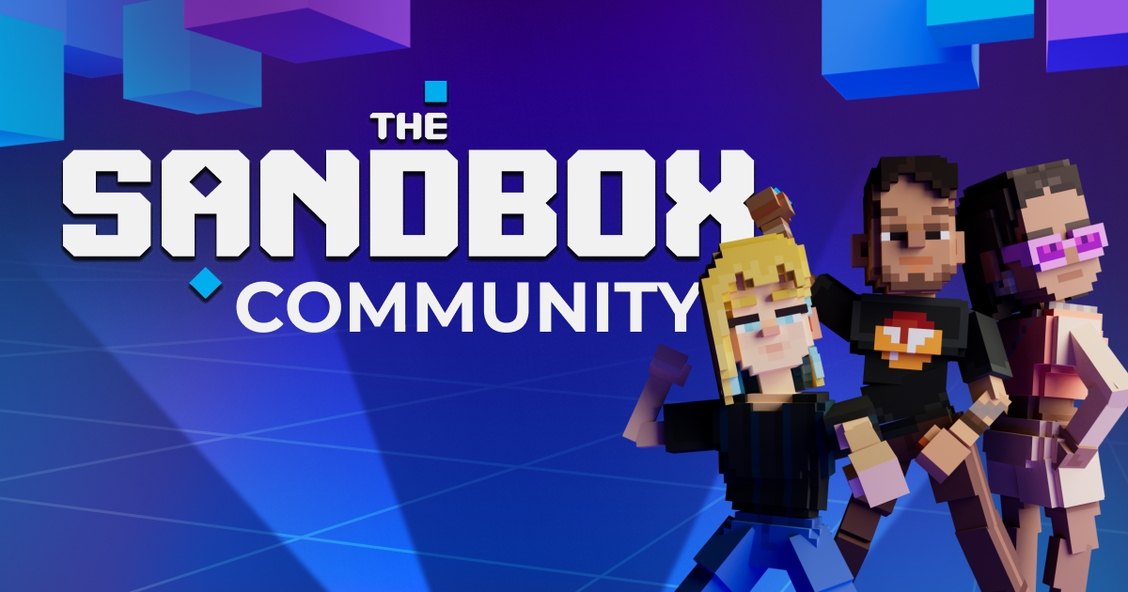Set Object Actions
This activity is included in an 8-part, 1 hour series to learn Game Maker. Short, focused topics with guided practice will give you practical experience building useful logic for creating games.
Begin Game Maker 4
Customize Object Behaviours & Tags
🟡 MEDIUM
In this activity, you will learn how to create custom interactions between objects using simple AI-driven behaviors and their tags, or identifiers. Behaviors that use AI decision making are programmed to detect and respond in certain ways depending on your modifications.
Follow Up
Combine a variety of AI-driven behaviors and use tags to direct their decision making. Explore these ideas and your own:
Want players to join a side in a battle? Add Avatar to any enemy's Tags to Attack.
Want fighters to be revived during battle? Use the Healer behavior with Tags to Heal.
There are many other behaviors to explore, but you've learned the basics of controlling object actions by applying behaviors and custom tags.
In the next activity, you'll create functional game logic with other behaviours and add components to make objects more interactive.
➕ Relevant Resource

Set an object's identity tags to customize actions and interactions. This is an important part of using logic in Game Maker, which starts with the next activity.

There are many more behaviours than what is included in this activity. See this page for a summary and general uses for all behaviours.

Learn about different parameter types built into behaviours and components so it's easier to customize logic.

Learn to use the Properties panel to view permanent and customizable aspects of a selected object or group of objects.

Organize your game flow with some simple sketches. We recommend some useful tools.
Forum: Community Ideas & Support
Other "Begin Game Maker" Videos
Last updated
Was this helpful?


